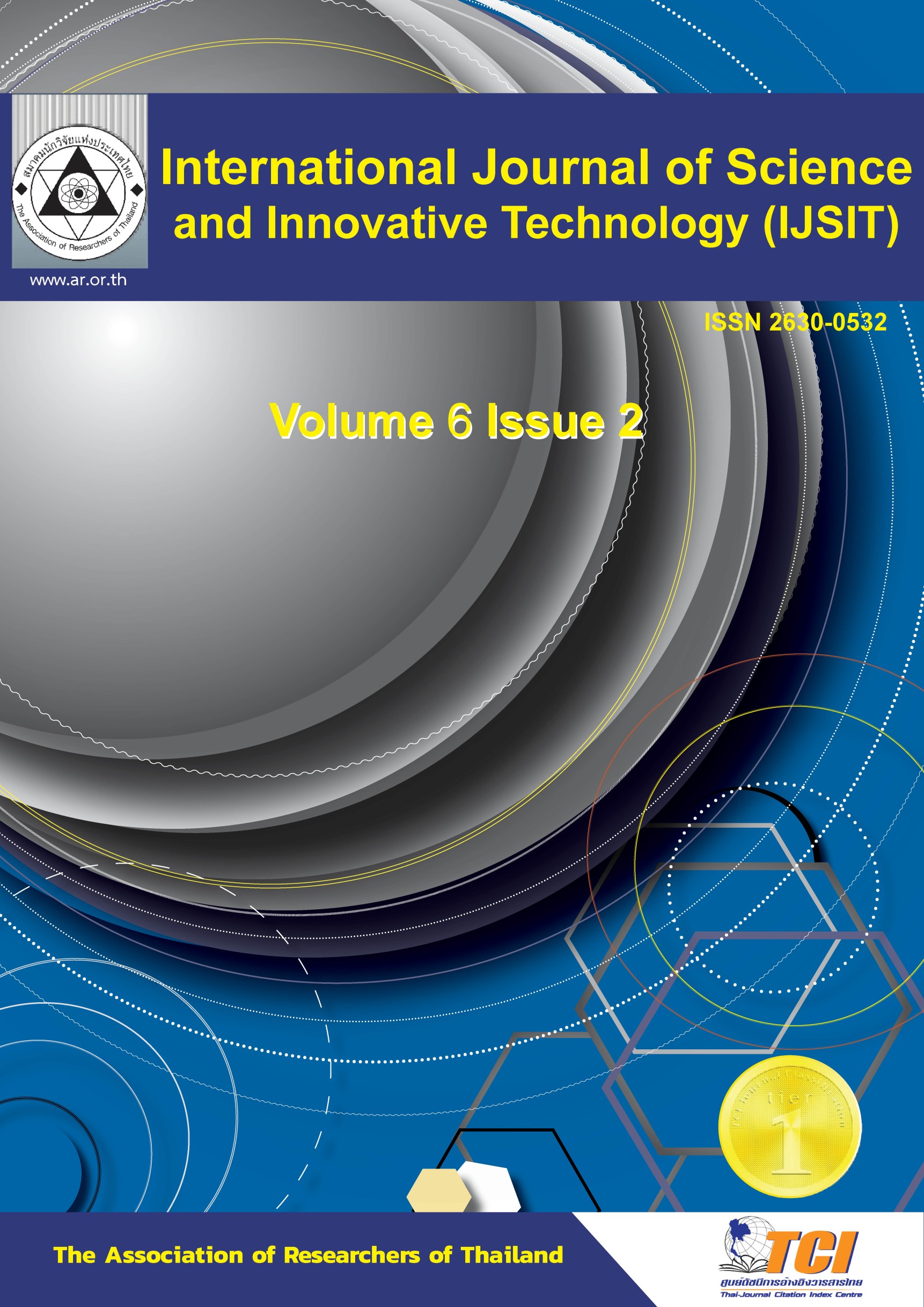3D Models of Korat Dinosaurs: Integrating Paleontological Research to Persuasive Impact on Education and Learning for Youth
Main Article Content
Abstract
The understanding of paleontology by conveying the imaginary content in the academic aspect of the paleontologist resulted in many research studies to compile datasets and research materials of paleontologists. Using computer-based reference programs can effectively enhance one's knowledge of paleobiology. The highly-regarded 3D modeling and animation software (Blender) has recently expanded its selection with an exceptional array of over 100 new crystallographic educational models. Over the last ten years, Thailand has uncovered a variety of non-marine fossil vertebrates from the Mesozoic era. These discoveries date back to the Late Triassic period and extend to the late Early Cretaceous. One of the intriguing findings includes dinosaur remains, specifically iguanodontian ornithopods such as Ratchasimasaurus suranareae, Siamodon nimngami, and Sirindhorna khoratensis, all from the Lower Cretaceous Khok Kruat Formation in Nakhon Ratchasima Province. Additionally, a Carcharodontosaurid known asSiamraptor suwati has also been identified. In this study, these dinosaurs will be generated in virtual animations, allowing scientists to study and represent them as they live today. Next, Test printing the 3D models of anatomical replicas. The potential of 3D models of dinosaurs for education and museum displays is immense. These models enable students and visitors to closely examine these extinct creatures' detailed anatomical features and better understand their size and physical characteristics. Furthermore, the use of augmented reality can greatly enhance our knowledge of biology and ecology, making these models a valuable tool for scientific research and education.
Article Details

This work is licensed under a Creative Commons Attribution-NonCommercial-NoDerivatives 4.0 International License.
References
Buffetaut, E., Suteethorn, V. (1992). A new species of the ornithischian dinosaur Psittacosaurus from the Early Cretaceous of Thailand. Palaeontology, 35, 801-812.
Chokchaloemwong, D., Hattori, S., CuestaI, E., Jintasakul, P., Shibata, M., Azuma, Y. (2019). A new carcharodontosaurian theropod (Dinosauria: Saurischia) from the Lower Cretaceous of Thailand. PLOS ONE, 14, 1-43. Doi: 10.1371/journal. pone.0222489)
Macmillan, Thomas T. (1971). “The Delphi Technique.”, Paper Presented at the annual meeting of the California Junior Colleges Associations Committee on Research and Development, Monterey, California. (May 1971), 3-5.
Shibata, M., Jintasakul, P., Azuma, Y. (2011). “A New Iguanodontian Dinosaur from the Lower Cretaceous Khok Kruat Formation, Nakhon Ratchasima in Northeastern Thailand.” ACTA Geologica Sinica (English Edition), 85, 969-976.
Shibata, M., Jintasakul, P., Azuma, Y., You, H-L. (2015). A new basal hadrosauroid dinosaur from the Lower Cretaceous Khok Kruat Formation in Nakhon Ratchasima Province, Northeastern Thailand. PLoS One, 10, e0145904. https://doi.org/10.1371/journal.pone.0145904 PMID: 26716981
Skarbez, R., Smith, M., Sadagic, A, Whitton, M.C. (2022), Editorial: Presence and beyond: Evaluating user experience in AR/MR/VR. Front. Virtual Real, 3:983694. doi: 10.3389/frvir.2022.983694

